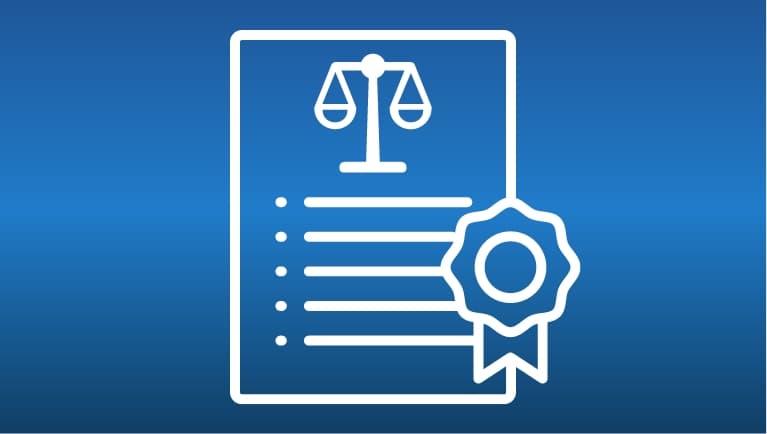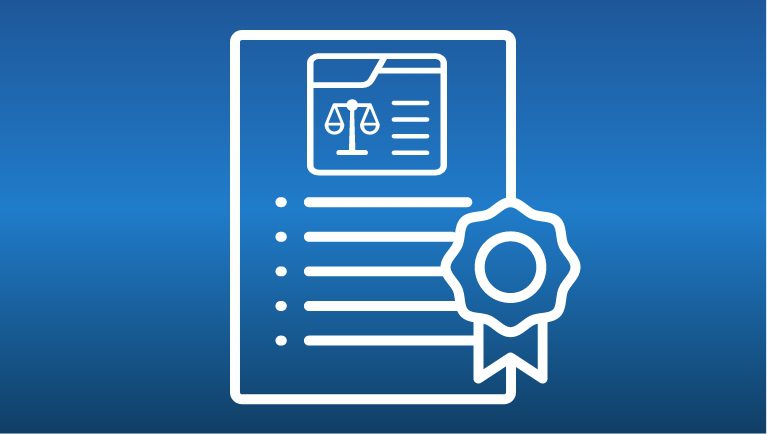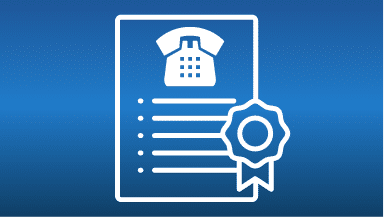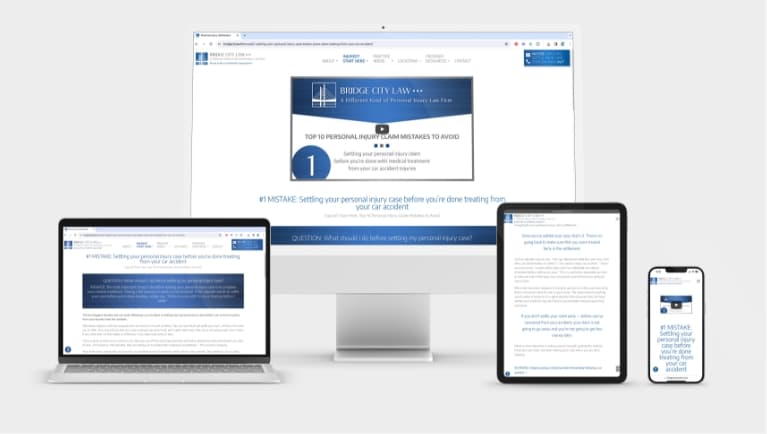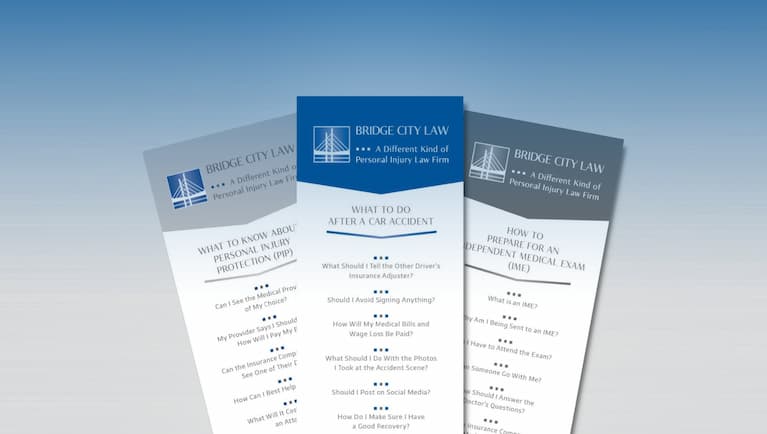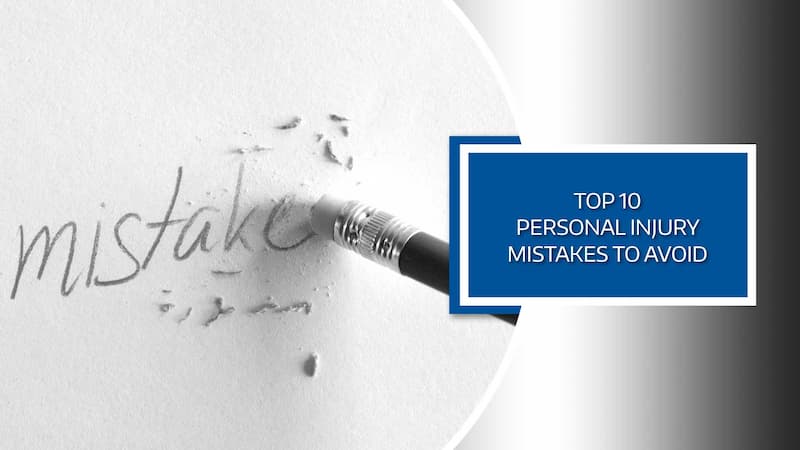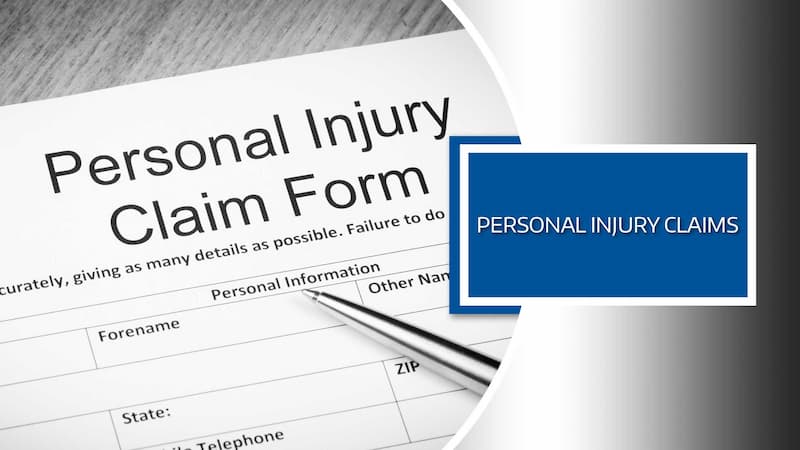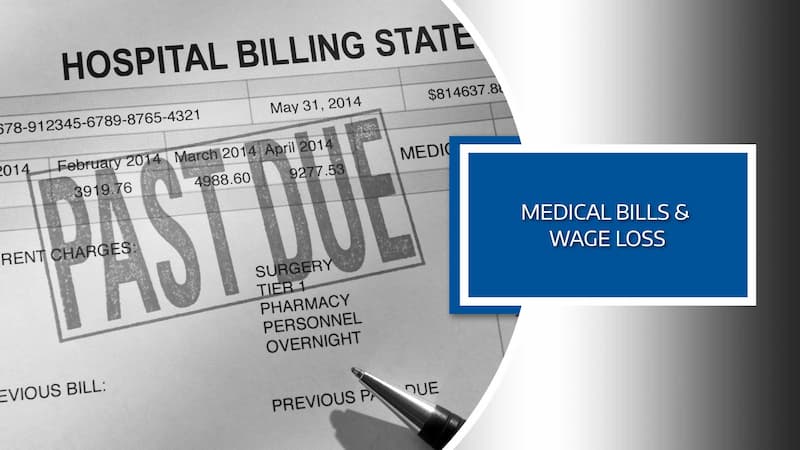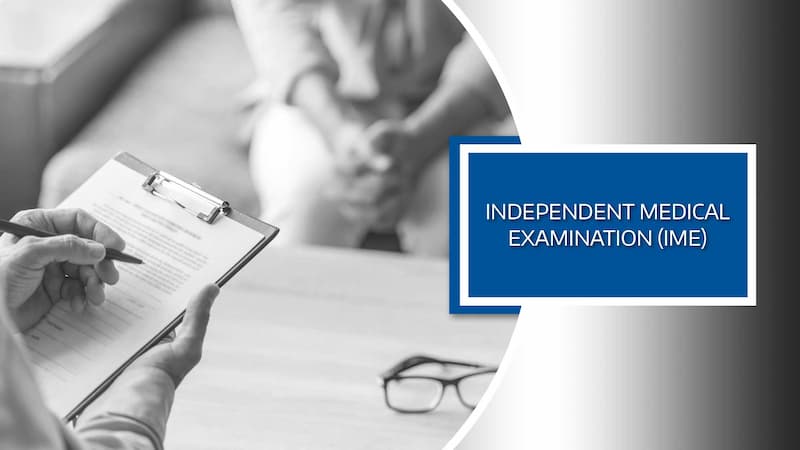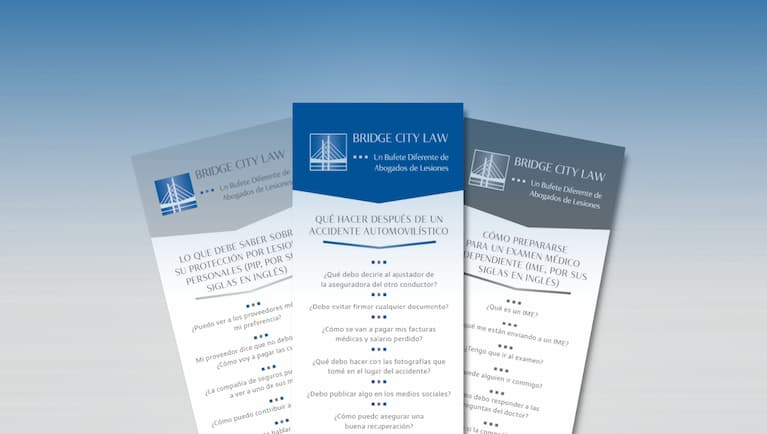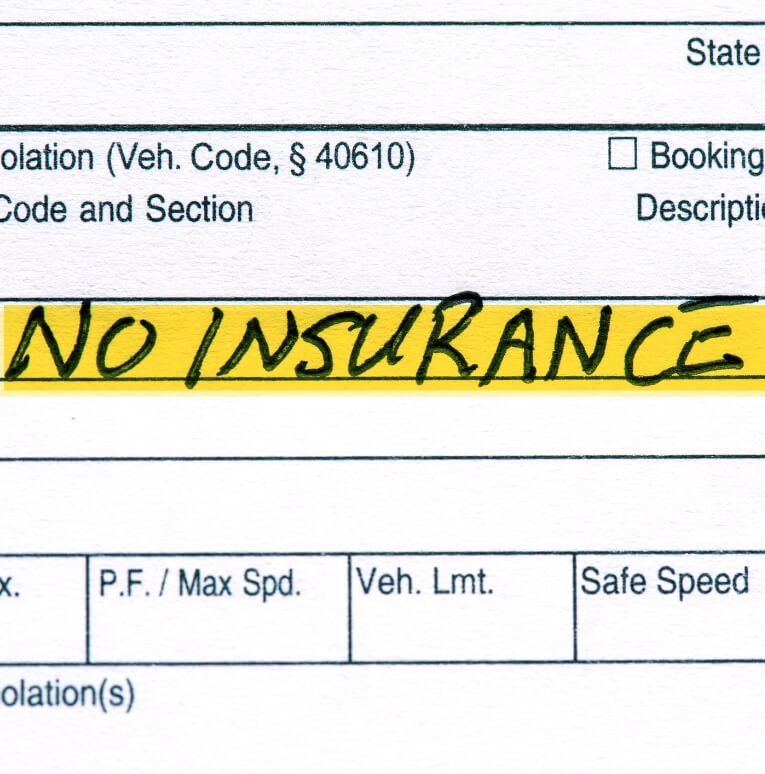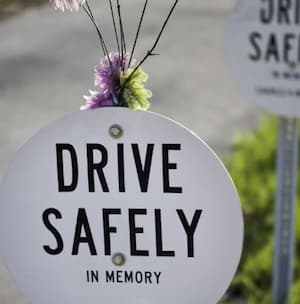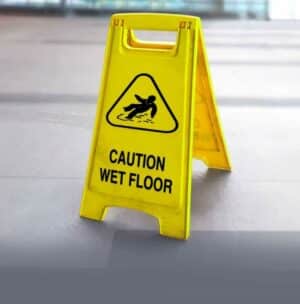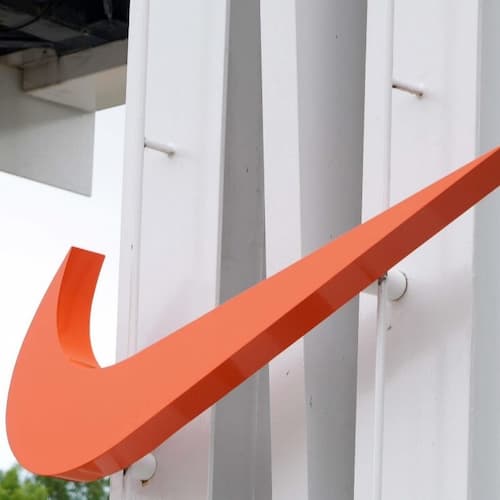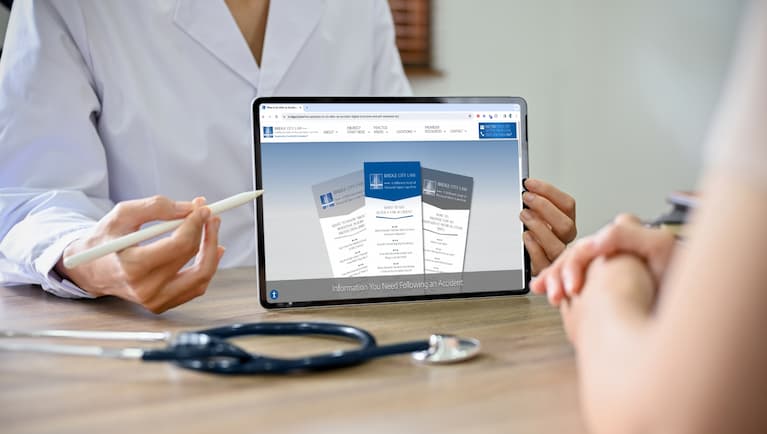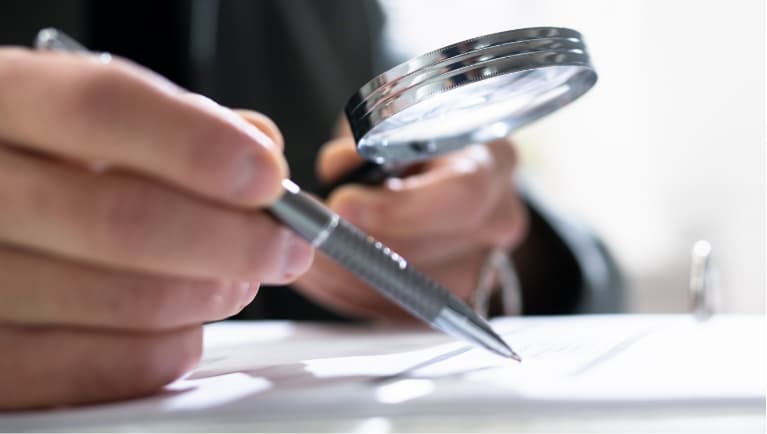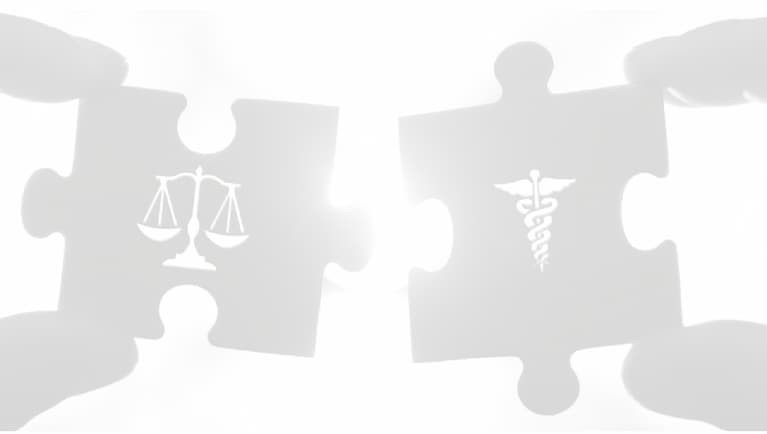#9 How can my chart notes help my client through the Independent Medical Exam, also known as an IME process?
QUESTION: How can my chart notes help my patient through the Independent Medical Exam, (IME)?
ANSWER: Effectively navigating the personal injury claims process on your client’s behalf, protecting their benefits, and the value of your patient’s settlement is significantly influenced by the chart notes you keep for your patient. It is actually one, if not the most important aspect of their personal injury claim. Your chart notes are front and center throughout the entire personal injury claims process. You can’t go back and fix chart notes that are inconsistent or don’t include well-documented information about your patient’s injuries and recovery, so it’s critical to your patient getting the treatment they need and a fair settlement, that their chart notes are well organized and the information is consistent and detailed.
How can my chart notes help my patient through the Independent Medical Exam, (IME)?
Effectively navigating the personal injury claims process on your client’s behalf, protecting their benefits, and the value of your patient’s settlement is significantly influenced by the chart notes you keep for your patient. It is actually one, if not the, most important aspect of their personal injury claim.
When we review a client’s claim to decide if it’s in their best interest to file a lawsuit, that decision is determined by how well the patient’s accident information and injuries were documented, their treatment protocol, their recovery process, and the details about any similar past accidents or pre-existing conditions your patient had in their chart notes. This is the information we need to analyze to decide how to advise your patient on their claim when it comes to things like protecting their PIP benefits, filing a lawsuit, preparing for arbitration, or even a trial.
Your chart notes are front and center throughout the entire personal injury claims process.
Because we can’t go back in time and fix chart notes that are inconsistent or don’t include well-documented information about your patient’s injuries and recovery, it’s critical to your patient getting the treatment they need and a fair settlement of their claim, that their chart notes are well organized and the information is consistent and detailed.
When it comes to keeping chart notes that will be helpful for your patient’s personal injury claim, we have found the following practices to have the most positive impact on their claim:
- Asking a variety of questions to get an accurate picture of any pre-existing conditions your patient has, as well as any similar past injuries, or treatment in the area(s) of the body where you’re currently treating them. Framing the questions you ask your patient about their past medical history in different so that you can get a thorough understanding of any pre-existing condition they may have.
- Expanding the questions you ask about the speed of the car that hit your patient. Your chart notes need to include information that accurately reflects the speed of the vehicle that caused the accident. It’s not enough to simply ask your patient how fast the other car was going when the collision happened. You have to ask several follow-up questions to ensure you’re getting accurate information. When we ask our clients about the speed of the other car, our conversation will go something like this. Our client will say, “The car was going thirty miles an hour when the hit me.” We’ll then follow up on their response and ask them, “How long did you see the car before the impact happened?” Our client will respond by saying “I didn’t see them.” We’ll then ask, “So, how do you know they were going thirty miles an hour?” They’ll then respond by saying, “Well, that was the speed limit.” Or, “Well it just felt like a really hard impact.” What you don’t want to include in your chart notes is your patient’s guess about the speed of the car at impact. Guessing casts a shadow of doubt and will impact your client’s credibility — not because they’re not being honest but because they’re not providing all the information that’s needed to get an accurate statement on the speed of the vehicle that caused the accident. In order to protect your patient’s credibility and yours, accuracy in your patient’s chart notes is critical. We can’t state this strongly enough.
- Lastly, making sure that what your patient writes in their check-in update notes is consistent with what they verbally say to you during their exam is critically important to their personal injury claim. Inconsistent check-in and chat notes is another area that can create significant problems for your patient’s claim. If the check-in notes are different from your chart notes, both your and your patient’s credibility will be called into question by the insurance company.
- Fortunately, that is very easily remedied. Just make sure to review your patient’s check-in notes before you examine or treat them — and if there are any inconsistencies, make sure to ask about them. It’s also a good idea to explain to your patient why it’s important that what they write in their check-in notes is the same as what they say to you during their exam. If they understand that consistency supports theirs and your credibility with the insurance company, they’re more apt to be careful that they’re being consistent in their written and verbal communication.
If you have questions about how to maintain chart notes that will help and support your patient’s personal injury claim, we’re always happy to talk with you and answer any questions you may have.
We’re here to be a bridge of support for you and your patients.
We have developed a robust library of information for your patients who have been injured in an accident, which can be found in the INJURED? START HERE portal on our website.
There are 40 topic-focused articles, with accompanying videos, organized into the four categories that include the personal injury claim-related questions we’re asked most often, which include:
- Top 10 Personal Injury Claim Mistakes to Avoid
- What You Need to Know About Your Claim
- How Are My Medical Bills & Wage Loss Paid
- How to Prepare for Your Independent Medical Exam
Each article provides advice and guidelines to help your patients navigate each phase of the personal injury claims process. Whether we represent your patient or not, we are passionate about them knowing how to protect their rights, get the medical care they need, and avoid the mistakes that can harm their personal injury claim.
Each article provides advice and guidelines to help your patients navigate each phase of the personal injury claims process. Whether we represent your patient or not, we are passionate about them knowing how to protect their rights, get the medical care they need, and avoid the mistakes that can harm their personal injury claim.
Additionally, if it would be helpful to have the information we feature on our website available in your office to pass along to your patients, we’ve developed brochures for each of the four article series -- in both English and Spanish that we’re happy to send to your office. Please complete the form below and we’ll get them out to you promptly.











